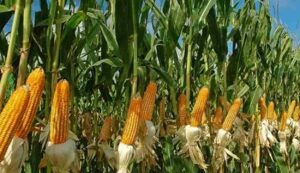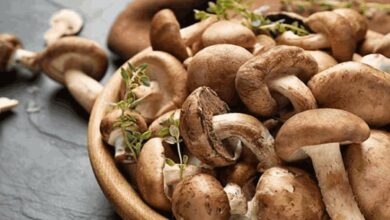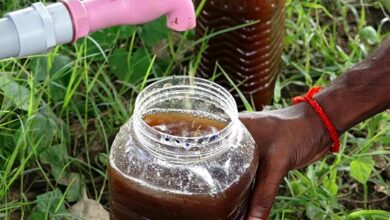Maize Cultivation: These 2 new improved varieties of maize will give bumper yield
Maize Cultivation: Any crop that produces a bountiful harvest might bring in a high income for a farmer. At the same time, when seeds of enhanced types are available, a bumper crop is achieved. Two such cultivars have been created by the Indian Institute of Maize Research (IIMR), and their cultivation will result in bumper yields. Through the Central Variety Release Committee (CVRC), IIMR has recently created and released 25 single cross hybrids of maize. DMRH 1308 and DMRH 1301 are their names. 2018 saw their release and notification, which significantly contributed to the rise in maize production nationwide.

IIMR’s “Increasing Maize Production in the Catchment Areas of Ethanol Industries” initiative aims to boost ethanol production by encouraging farmers to grow high-yielding maize varieties that enable them to use maize as a source of energy.
Maize ariety DMRH 1308
Regarding the varieties, states such as Bihar, Rajasthan, Gujarat, Chhattisgarh, and Madhya Pradesh have advised the cultivation of hybrid DMRH 1308 during the Rabi season. It is a high-yielding hybrid maize with a pleasing yellow grain color, considerable resistance to Turicum leaf blight and charcoal rot diseases, and a ripening time of 130 to 150 days during the Rabi season. DAC maize breeder seed demand in the nation has been led by DMRH 1308 for the last four years, with shares of 20.1% (2021), 26.1% (2022), 34.9% (2023), and 21.4% (2024).
Yield of DMRH 1308 variety
Ten distinct private seed businesses have signed memoranda of understanding with the institution to use the hybrid DMRH 1308. In farmers’ fields, this hybrid produces 7.0 to 10.5 t/ha, or more than 100 quintals per hectare. DMRH 1308 has so far covered almost 7 lakh hectares of land, taking into account the minimal calculation criteria for the seed given in the seed chain. In addition, state seed companies, FPOs, cooperatives, and SMEs collaborated to manufacture and provide 17394 quintals of hybrid seed for DMRH 1308 during the course of the previous three years.
Maize Variety DMRH 1301
In 2018, it was suggested that Eastern Uttar Pradesh, Bihar, Jharkhand, West Bengal, Odisha, Rajasthan, Gujarat, Chhattisgarh, and Madhya Pradesh cultivate DMRH 1301. This hybrid maize has a medium duration. It is a high-yielding cultivar with a pleasing yellow grain color and a considerable tolerance to diseases like charcoal rot and Turkishicum leaf blight.
Yield Potential of DMRH 1301 Variety
With a yield of 6.5 to 10.5 tonnes/hectare, this hybrid has also shown outstanding performance in farmers’ fields. This means that, with proper farming practices, this variety may produce more than 100 quintals per hectare. Approximately 3840 kg of DMRH 1301 breeder seed have entered the seed supply chain since its introduction. As of right now, DMRH 1301 has covered around 4.0 lakh hectares of land, taking into account the minimal calculation criteria for the seed given in the seed supply chain. In addition, state seed companies, FPOs, cooperatives, and SMEs collaborated to create and provide 8781 quintals of hybrid seeds for DMRH 1301, during the course of the previous four years.
LQMH 1 Variety of Maize
LQMH 1 is the name of this additional maize variety. It is a short-duration, high-yielding hybrid maize that has a high concentration of lysine (4.0%) and tryptophan (0.70%). In 2020, areas like Jammu and Kashmir, Himachal Pradesh, Uttarakhand (hill region), Meghalaya, Sikkim, Assam, Tripura, Nagaland, Manipur, and Arunachal Pradesh are advised to cultivate this hybrid type during the Kharif season.
Yield From LQMH 1 Variety
During the Kharif season, farmers’ farms produce between 6.0 and 8.0 tons per hectare. In other words, it may yield up to 80 quintals per hectare. It has a high peeling percentage, appealing yellow grain, and resistance to sheath blight, banded leaf, tursicum leaf blight, and chillo partellus. Six private seed enterprises have so far used LQMH 1.





